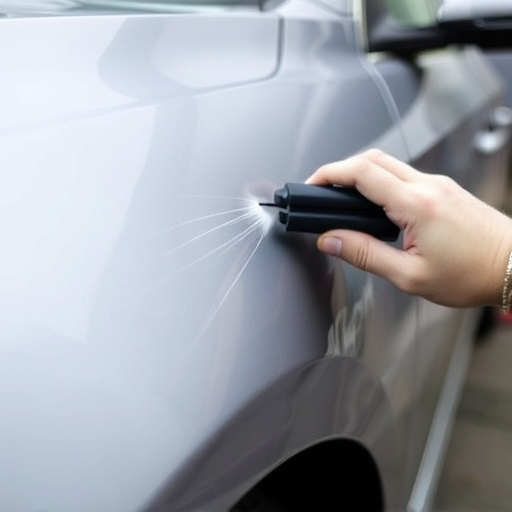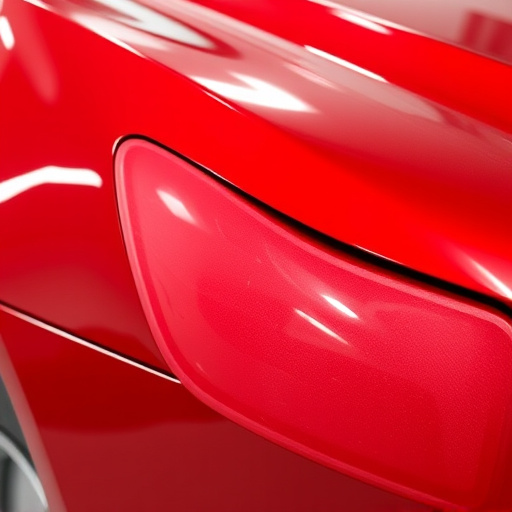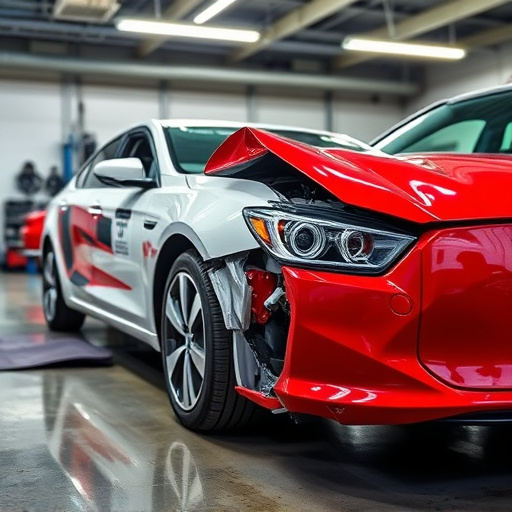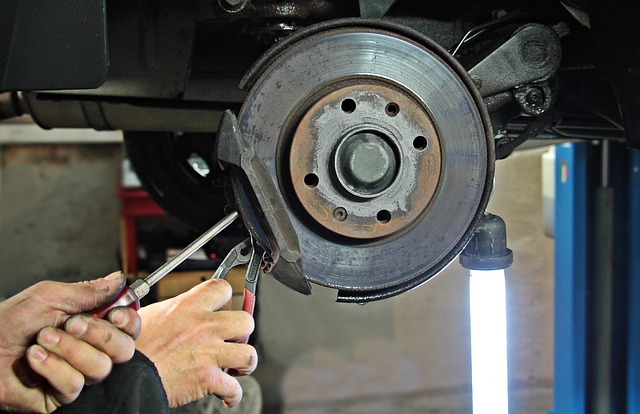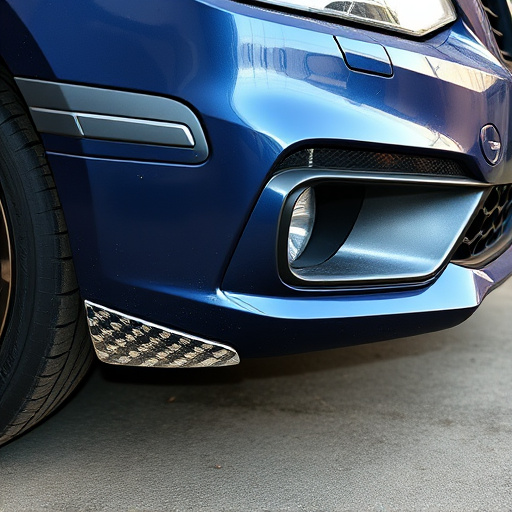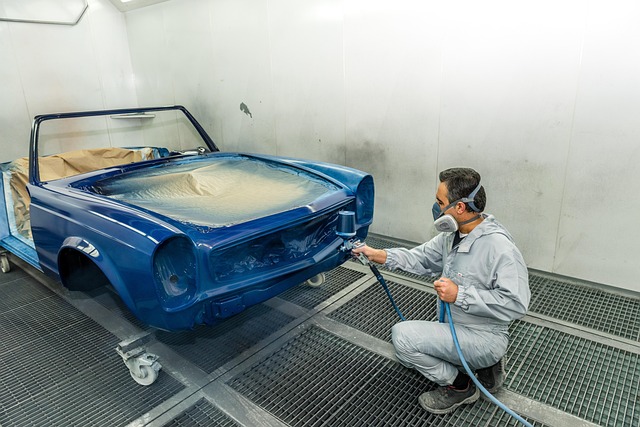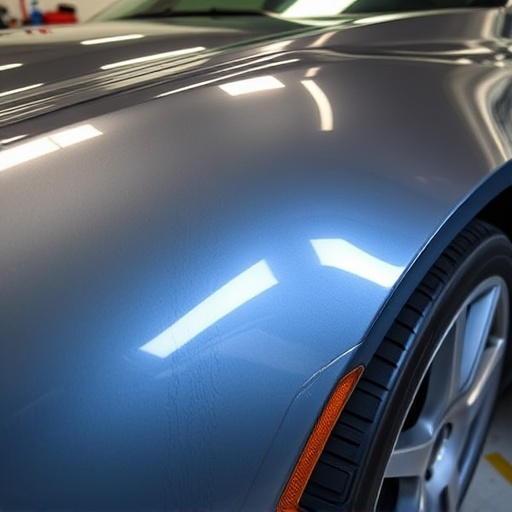Tesla's advanced battery protection systems are key to maintaining vehicle performance and longevity. These systems detect anomalies and take protective measures, but repairs require professional electric vehicle bodywork services due to specialized tools and knowledge. Battery protection issues can be identified through error codes, warning lights, reduced range, slow charging, or unexpected shutdowns, and visual inspections for damage or corrosion. Regular maintenance checks, use of genuine Tesla parts, temperature control, consistent charging routines, and optimal charge levels are best practices to preserve battery health, similar to caring for high-quality automotive components like paintless dent repair or car restoration services. For repairs, focus on "Tesla battery protection repair" to ensure proper handling of these sophisticated systems.
Tesla vehicles are renowned for their advanced technology, including sophisticated battery protection systems. However, like any complex component, issues can arise requiring proper handling during repair. This article guides you through understanding Tesla’s battery protection mechanisms, diagnosing problems, and implementing best practices for seamless repairs. Learn the essential steps to ensure your Tesla’s battery remains protected and extends its lifespan following a repair. Master these techniques for effective Tesla battery protection repair.
- Understanding Tesla Battery Protection Systems
- Steps for Diagnosing and Repairing Battery Protection Issues
- Best Practices for Ensuring Longevity of Tesla Battery Protection
Understanding Tesla Battery Protection Systems

Tesla battery protection systems are designed to safeguard the vehicle’s high-voltage lithium-ion battery pack from potential damage. These advanced safety mechanisms play a crucial role in ensuring the longevity and performance of Tesla vehicles, which are renowned for their cutting-edge technology. The system employs various sensors and monitoring devices to detect any anomalies or signs of distress within the battery compartment. When triggered, these systems initiate protective measures, such as isolating affected cells or shutting down power supply to prevent further damage.
Understanding how these protection mechanisms operate is essential when tackling Tesla battery protection repair. Owners should be aware that these systems are sophisticated and often require specialized tools and knowledge for effective repair or replacement. Professional car bodywork services specializing in electric vehicle repairs can offer expert assistance, employing techniques like paintless dent repair or frame straightening to address any external damage while ensuring the internal battery system remains intact and protected.
Steps for Diagnosing and Repairing Battery Protection Issues
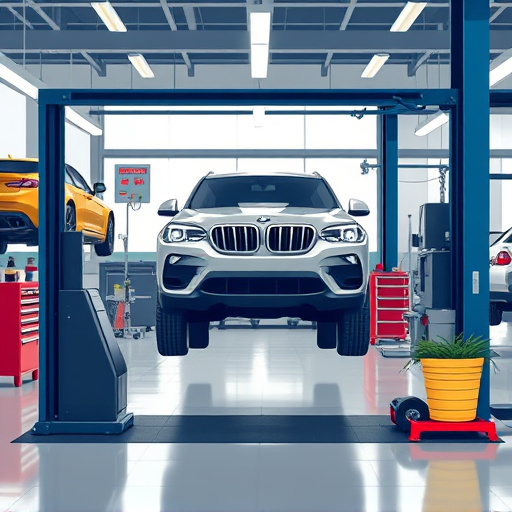
Battery protection issues in Teslas can be frustrating, but proper diagnosis and repair are key to keeping your vehicle running smoothly. The first step is to identify the problem. Check for any error codes or warning lights on your dashboard related to battery health. Also, look out for symptoms like reduced driving range, slow charging, or unexpected shutdowns. These indicators can point towards various issues, from cell balance problems to faulty connectors.
Once you’ve identified a potential issue, it’s time to act. Start by inspecting the battery and its components visually. Check for any signs of damage, corrosion, or leaks in the auto bodywork around the battery compartment. Ensure all connectors are clean and properly seated. If the problem is more complex, such as cell imbalance or faulty hardware, you might need to consult a professional automotive repair service. Auto detailing can also play a role in maintaining battery health by keeping the battery compartment clean and free from debris, but for deeper repairs, expert intervention is often required.
Best Practices for Ensuring Longevity of Tesla Battery Protection
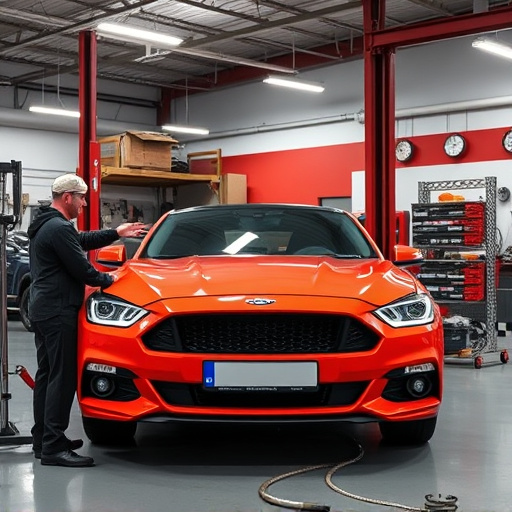
To ensure the longevity of your Tesla’s battery protection system, several best practices should be followed. Regular maintenance checks are crucial to identify any potential issues early on. This includes checking for signs of corrosion or damage and ensuring all components are properly sealed and connected. Using only genuine Tesla replacement parts can prevent compatibility issues and reduce the risk of future repairs.
Additionally, protecting the battery from extreme temperatures is vital. Extreme heat or cold can significantly impact its performance and lifespan. Consider implementing measures like parking your Tesla in shaded areas during hot summers and insulated garages during freezing winters. Moreover, maintaining a consistent charging routine, avoiding complete discharge, and keeping the battery at optimal charge levels contribute to its overall health, mirroring the care given to other high-quality auto components, such as those found in a paintless dent repair or car restoration process.
In conclusion, handling Tesla battery protection repairs requires a deep understanding of the system and adherence to best practices. By effectively diagnosing issues and implementing appropriate solutions, you can significantly extend the lifespan of Tesla’s advanced battery protection mechanisms. Remember, proper care and timely intervention are key to ensuring optimal performance and peace of mind for Tesla vehicle owners. When it comes to Tesla battery protection repair, knowledge and meticulous attention to detail make all the difference.






